We have made it our personal quest to try as many unique fruits of Asia as possible. Like European explorers hundreds of years ago, trekking across the ‘undiscovered’ jungles, slashing through thick ropes of vines and maneuvering around quicksand just to reach those exotic fruit morsels, we embarked on an equally epic journey, navigating the many categories and hidden sections of the Meituan and Hema apps to find the wackiest fruits available. Here is our ranking, from most delicious to downright disgusting, of the fruits we’ve discovered across China and Asia, from 11 to 25 (click here to see the Top 10).
11. Pomelo
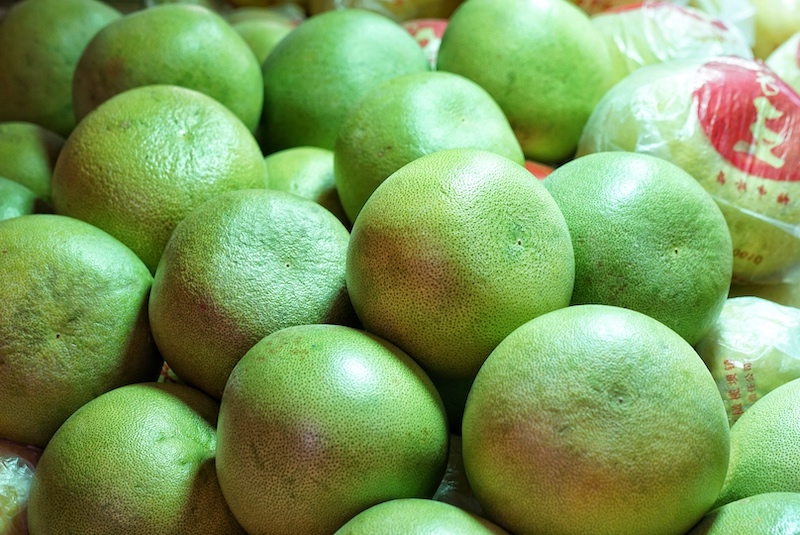
Image by Sophie Steiner/That's
Pomelos are everything that is awesome about tart grapefruits without any of the hassle of juice-squirting-everywhere consumption, and they are considerably less bitter. These large fruits, most commonly found in Thailand, can grow to be the size of basketballs, with large, light pink sections that are easily separable from the skin. Although the thick peel can seem daunting, we found many a YouTube tutorial on how to remove it effortlessly that have directly translated to an exponential increase in our pomelo consumption.
Fun fact: Grapefruit is actually a hybrid fruit originating in Barbados, and first documented in 1750 as an accidental cross between the sweet orange and the pomelo, which was introduced to the Caribbean from Asia in the 17th century.
12. Custard Apple
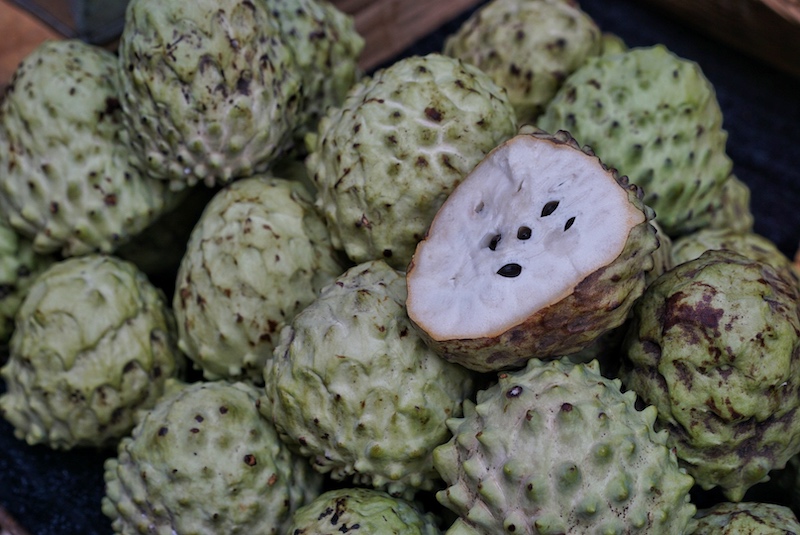
Image by Sophie Steiner/That's
The custard apple, also known as a cherimoya, looks kind of like an artichoke from the outside, but when it’s ready to eat, the skin is very soft and peels away easily, leaving you with a sweet, fruity inside. The flesh is mild and soft, with a – you guessed it – custard texture. This fiber-filled fruit translates perfectly to thick smoothies and milkshakes.
13. Tamarind
Image by Sophie Steiner/That's
Tamarinds may be quickly dismissed by foreigners as brown, dried bean pods, when – in fact – the stringy, thick flesh inside is sour and full-flavor. The gooey texture, akin to that of a semi-dried fig, lends itself well to amping up the flavor in curries, soups and tropical cocktails. Tamarinds are used as a key cuisine component in many warm-climate countries around the world, and the extra dose of fiber they provide aids in digestion.
14. Yangmei
Image by Sophie Steiner/That's
If you’ve lived in Shanghai during the months of June and July, then you’re probably familiar with yangmei, or Chinese waxberry. Their extremely short season, and the fact that they only grow in South and Central China, makes them all the more appealing. If a pomegranate, strawberry and blueberry were somehow hybrid-combined into one awesome berry, yangmei would be the result. The texture is similar to the top part of broccoli, but extremely juicy and chock full of antioxidants. One major tip, if you ever buy yangmei at a fruit stand, don’t start chomping away. Bugs can hide between the grooves, so make sure to soak them in water for at least 30 minutes before consuming. Also, they ripen quickly, so eat them within a day or two of purchasing if you want to avoid the somewhat funky, fermented wine flavor they develop as they age.
15. Milk Fruit
Image by Sophie Steiner/That's
Milk fruit come in spherical tennis ball-sized globes, ranging in color from eggplant purple to honeydew melon green. Interestingly, the outer layer color plays no part in the fruit’s flavor. Also known as star apple or tar apple, the fruit’s most common name derives from the white syrupy liquid inside that looks like – you guessed it – milk. The fruit has the texture of a ripe cantaloupe with mildly sweet and creamy flesh.
Fun fact: The tree that produces milk fruit is hermaphroditic (self-fertile) and is recognizable by its strong odor.
16. Chinese Winter Dates
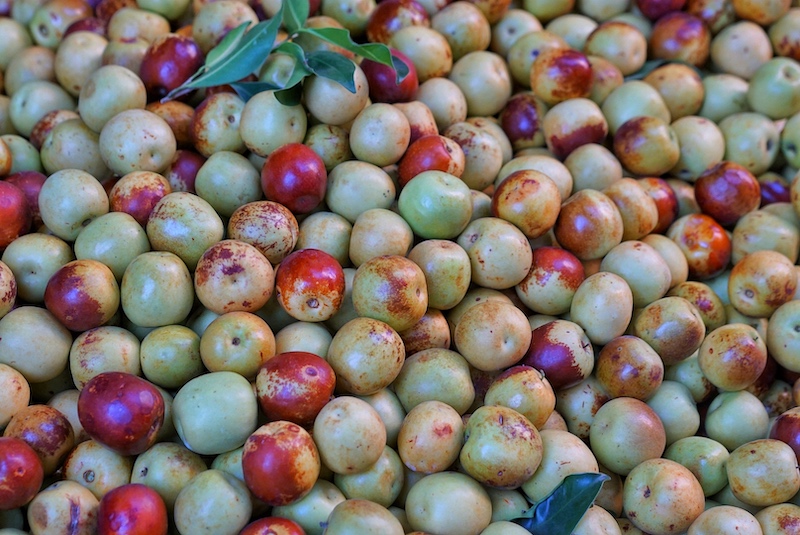
Image by Sophie Steiner/That's
Despite their name, Chinese Winter Dates, or jujubes, actually start appearing in fruit stands across the country at the end of summer. By fall, they are everywhere, ranging in color from green to brown, with no taste difference between the different colored skin. Crunchy like crisp apples, yet with a more concentrated sweetness, the fruits are commonly dried and used year-round in soups or as infusions in local sorghum or rice-based alcohols. The bigger the fruit, they sweeter they tend to be, but no matter the size, the high fiber content helps with digestion.
Fun fact: There are records of these fruits being cultivated back in 9,000 BC, making it one of the oldest fruits ever recorded.
17. Marang
Image by Sophie Steiner/That's
Similar in outer appearance to jackfruit, durian and breadfruit, marang is distinct in that its strong flavor comes more from its thick skin rather than the fruit itself. Hailing from the Philippines, marang is like a mashed banana in consistency, with juicy notes of pineapple, jackfruit and a hint of durian funk. The small bulbs, that look like wet garlic cloves, should be consumed within a few hours of opening as they oxidize quickly and lose flavor.
18. Hawthorn
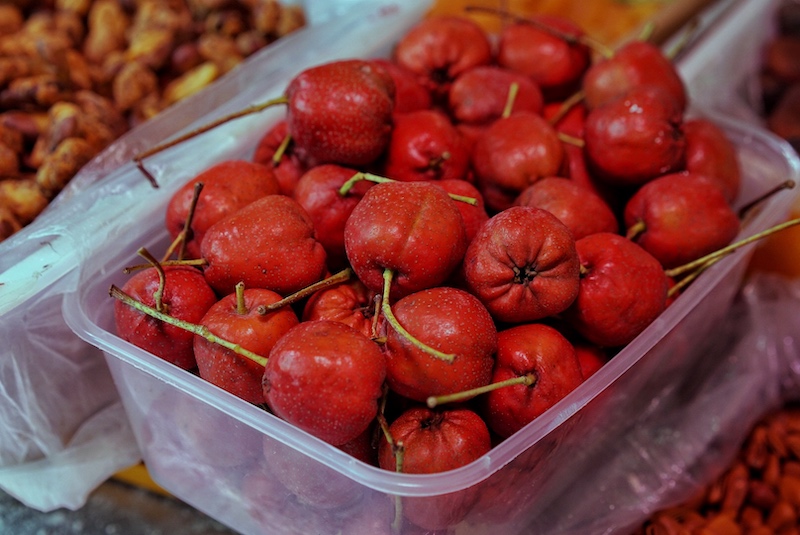
Image by Sophie Steiner/That's
Like small crab apples in fall, hawthorns are tart and crunchy. Served as a popular winter snack around the majority of China, they either powdered with snow-like sugar or covered in a crunchy layer of hardened sugar syrup to balance out the lip-puckering sour taste. A common symbol of China’s colder weather, they are similar in taste to a mild cranberry, and are commonly made into a thick jello/jelly and sold in many candy forms (as a fruit roll-up) or on a stick in the shape of a popsicle.
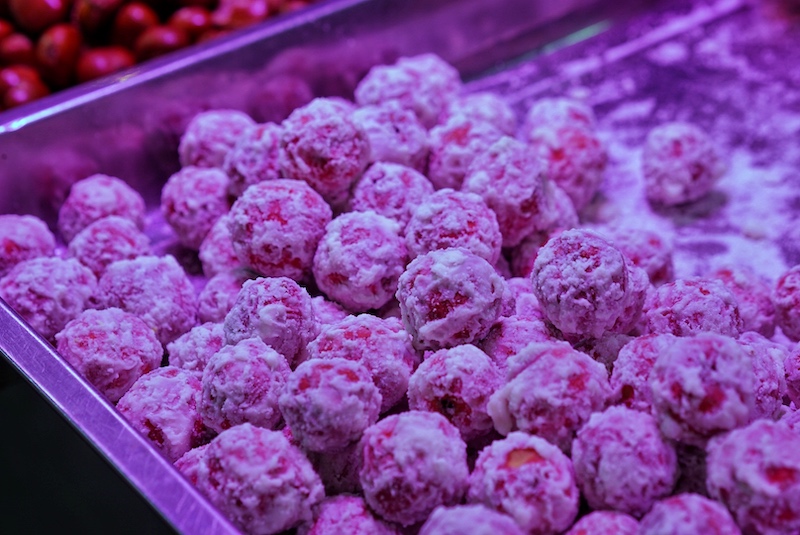
Image by Sophie Steiner/That's
19. Guava
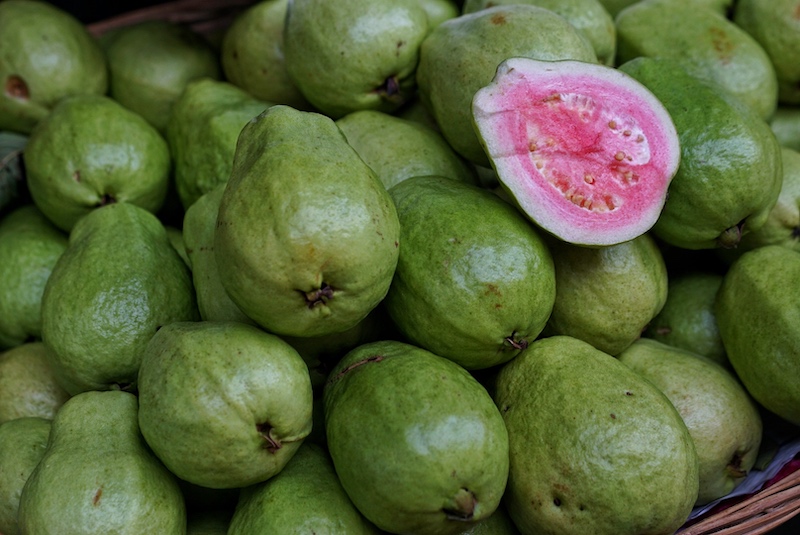
Image by Sophie Steiner/That's
Guavas come in a variety of shapes and sizes, but are most notable for their lumpy exterior and pale green color. Although mild in flavor, they are a mix between somewhat sour and sweet, with more crunch near the outside and softer near the center. You can eat the whole thing, seeds and all – you don't even have to peel it.
20. Persimmon
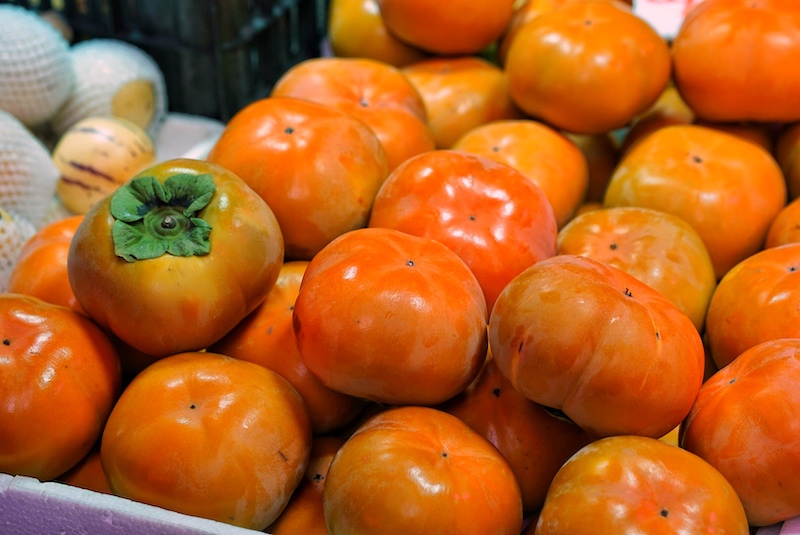
Image by Sophie Steiner/That's
A soupy pocket of juicy flesh, the Chinese persimmon grow wildly throughout parts of southern China and can be found in wet markets across the country during fall and winter. To enjoy, just cut the persimmon in half and scoop out each of the four sections with a spoon. For a less sticky alternative, purchase a few dried ones to add a honey sweetness to tea or soups.
Fun fact: The Chinese persimmon has a ancient Greek name, diospyros, which means ‘food of the gods.’
21. Loquat
Image by Sophie Steiner/That's
Loquats have been used as ornamental plants (symbolizing gold and wealth) and their leaves used for tea in China and Japan for over a thousand years. The soft, pale orange fruits are in season during the spring, with a slight sweet flavor reminiscent of apricot. High in pectin, loquats are commonly used in jams, and both the fruit and pits can be used for making alcoholic spirits.
Fun fact: Mentioned in famous Li Bai poems, loquats are commonly referred to in Chinese as pipa due to their visual resemblance to a mini pipa lute.
22. Asian Pear
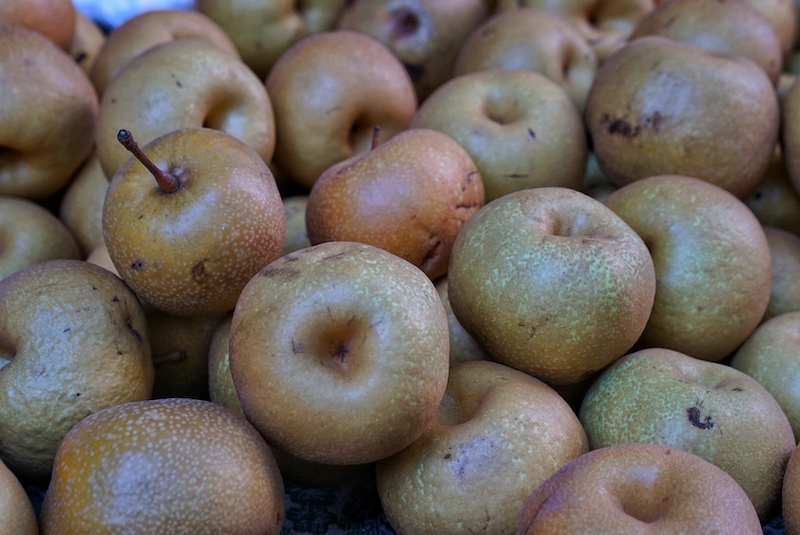
Image by Sophie Steiner/That's
Crisp, with a grainer texture and higher water content than its Western counterparts (think less flavor), Asian pears can be grown year-round and enjoyed for their mild sweetness. Yet, we find them a bit too mealy, like an old Red Delicious apple that’s been sitting on the counter too long. Some strains of the fruit are greenish brown, which tend to be tarter, while others are a pale yellowish white, which tend to be sweeter. The round speckled versions are rarer, making them relatively expensive, so they are typically given as gifts or eaten on special occasions.
23. Buddha’s Hand
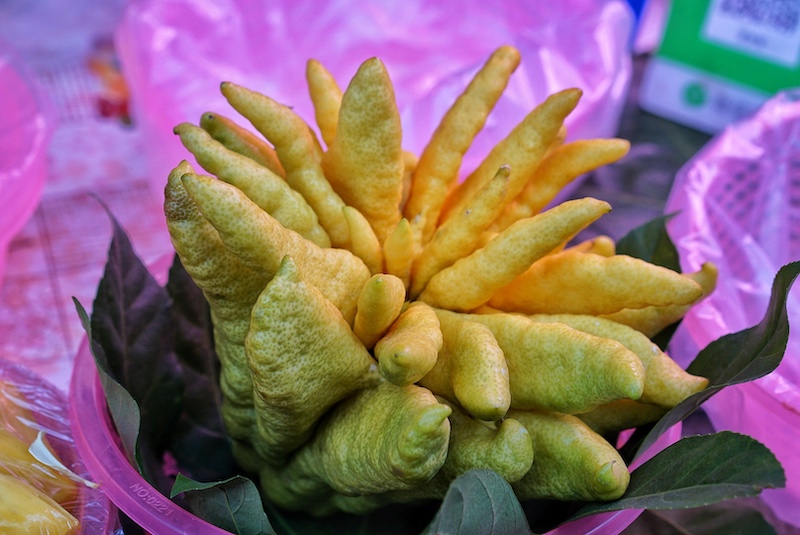
Image by Sophie Steiner/That's
While Buddha’s Hand is not consumed on its own, this lemon-like citrus fruit is coveted for its perfumery zest, used for flavoring both sweet and savory dishes, candying, infusing in alcohols, baking or adding a fresh scent to rooms or clothing. The skin’s flavor is sweeter than lemon, and it’s protruding, finger-like segments are what give this strain of citron its name. The novelty is mostly in its shape, and it’s not discernible from lemon to most palettes.
24. Dragon Fruit
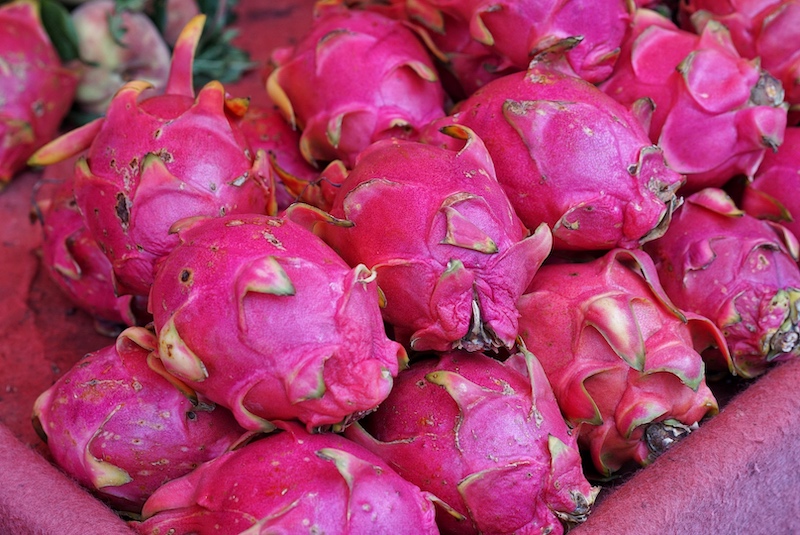
Image by Sophie Steiner/That's
Don’t be fooled by its fire-breathing name, exotic dragon-egg look, flashy hot pink color or wacky spiky shell, this garbage fruit is tasteless compared to so many others on the list. The mealy texture is akin to a less juicy kiwi, and only when it’s in season in spring does it have minimal sweetness. If you bite into a dragon fruit expecting it to have as bold of a flavor as its appearance, you will be sorely disappointed. That being said, if you’re lucky enough to score one of the more elusive ruby purple flesh fruits, as opposed to the more commonly found white and black seed speckled ones, use a few pieces to add a nice color to your smoothie bowl to boost that Instagram feed. Flavor-wise, however, it truly is a waste.
25. Durian
Image by Sophie Steiner/That's
Durian, The King of Fruits, gets a bad rep for smelling funky, and we mean super funky – like rotting hot trash. Like blue cheese or smelly tofu, the polarizing nature of durian is real. While the scent is unique, similarly the texture is unlike any other fruit, akin to wet bread dough. It’s slightly sweet, custardy and tangy, yet the many varieties available (especially throughout Malaysia and Thailand), make it more palatable to different consumers. Pro tip, if durian can be a bit much for your palate, put it in the freezer to enjoy it like ice cream for a more muted flavor.
Fun fact: In many airports in Malaysia and China, it’s common to see signs saying ‘No guns and no durian.’
Bonus: Magic Berries
Image by Sophie Steiner/That's
Magic berries are similar in shape and color to green grapes, but, unlike grapes, when consumed, everything eaten for the following 10-20 minutes tastes ultra-sweet. You can eat lemons like apples, beer tastes like champagne and the overall flavors of nearly all sour foods are amplified!
No, they don't contain some psychedelic drug, but rather a glycoprotein molecule called miraculin (yes, that’s really the name of this miraculous protein) that coats the taste buds and temporarily alters their shape. This causes taste receptors to interpret certain flavors (mostly sour ones) to be far sweeter.
The fruits themselves taste very bitter and sour, but as you force yourself to chew on the fruit for about 10 seconds, you can feel them starting to work as the berry magically tastes less bad. Most commonly found in Africa, India and Myanmar, these berries are on the EU list of novel foods and require a safety assessment before they can be sold as food or used as a food additive. Similarly, the USA’s FDA has imposed a ban on importing this fruit since 2011 as an ‘illegal undeclared sweetener.’
Other Noteworthy Mentions:
Wood apple, gooseberry, duka, goji berry, wax apple, kumquat, breadfruit, longsat, sapodilla, tamarillo, yuzu, noni and starfruit.
READ MORE: 25 Asian Fruits Ranked From Delicious to Disgusting: The Top 10
[Cover Image by Sophie Steiner/That's]





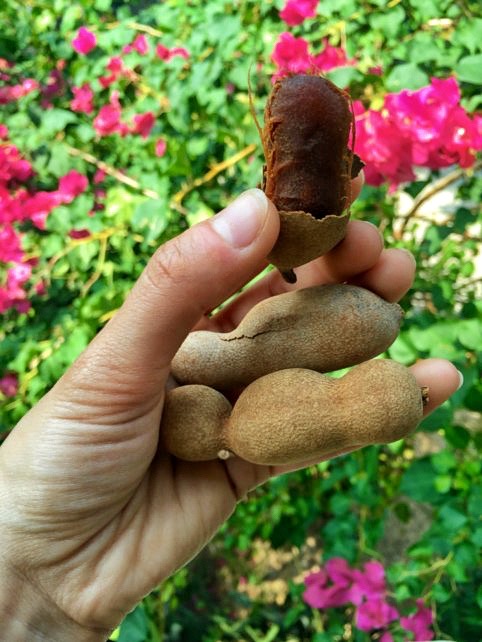
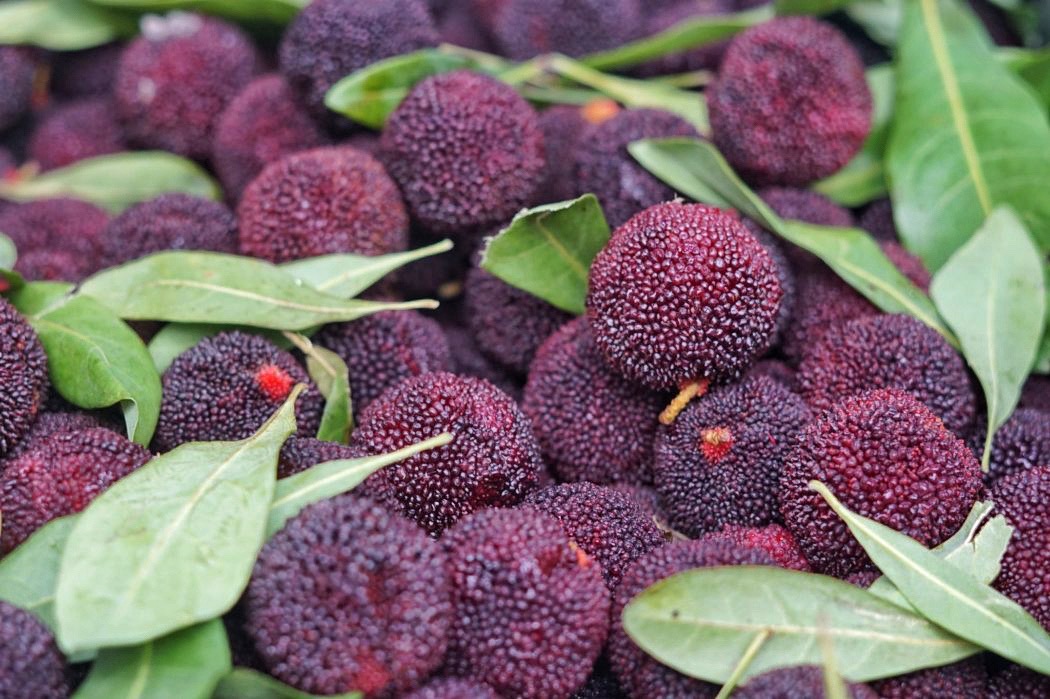
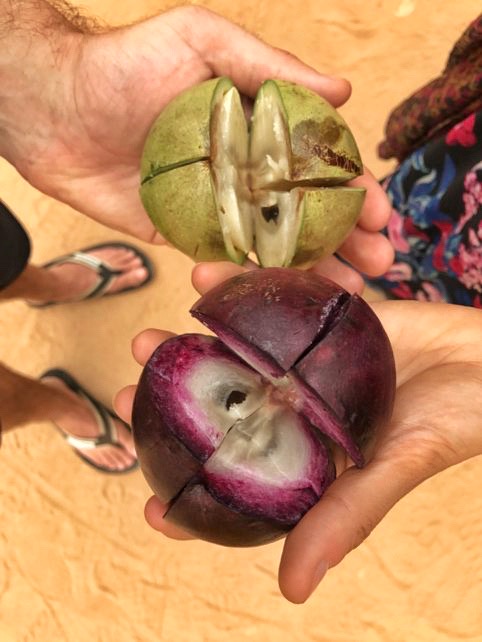

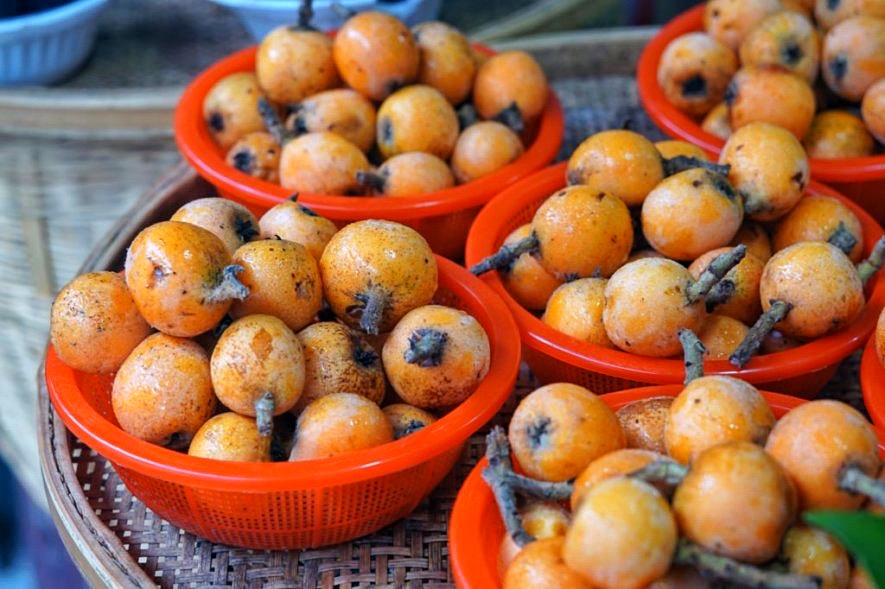
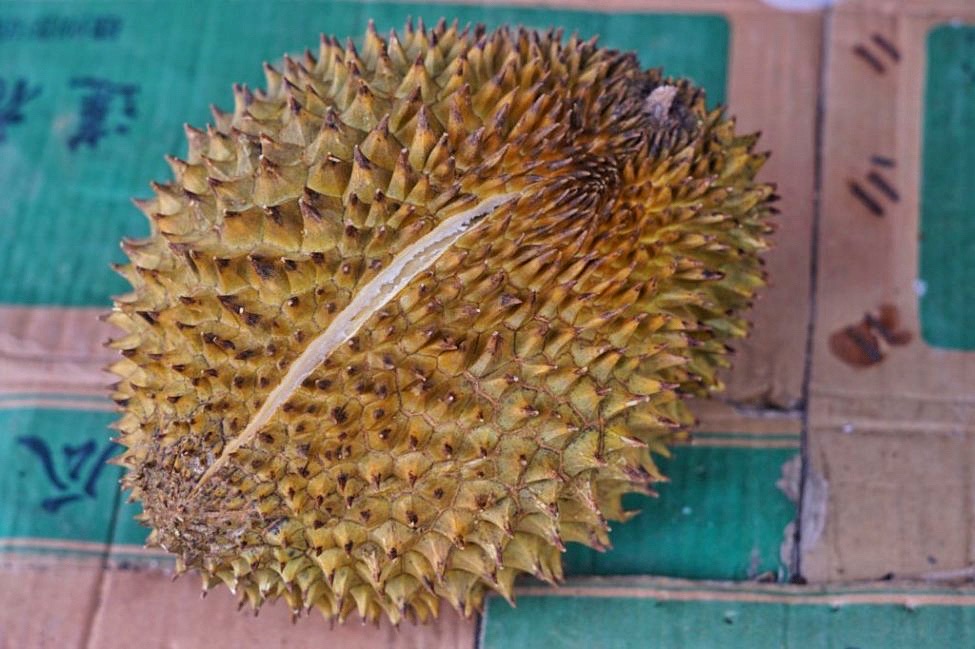
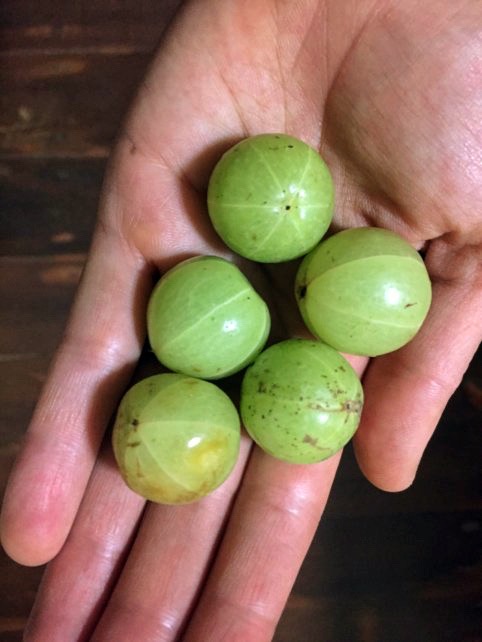
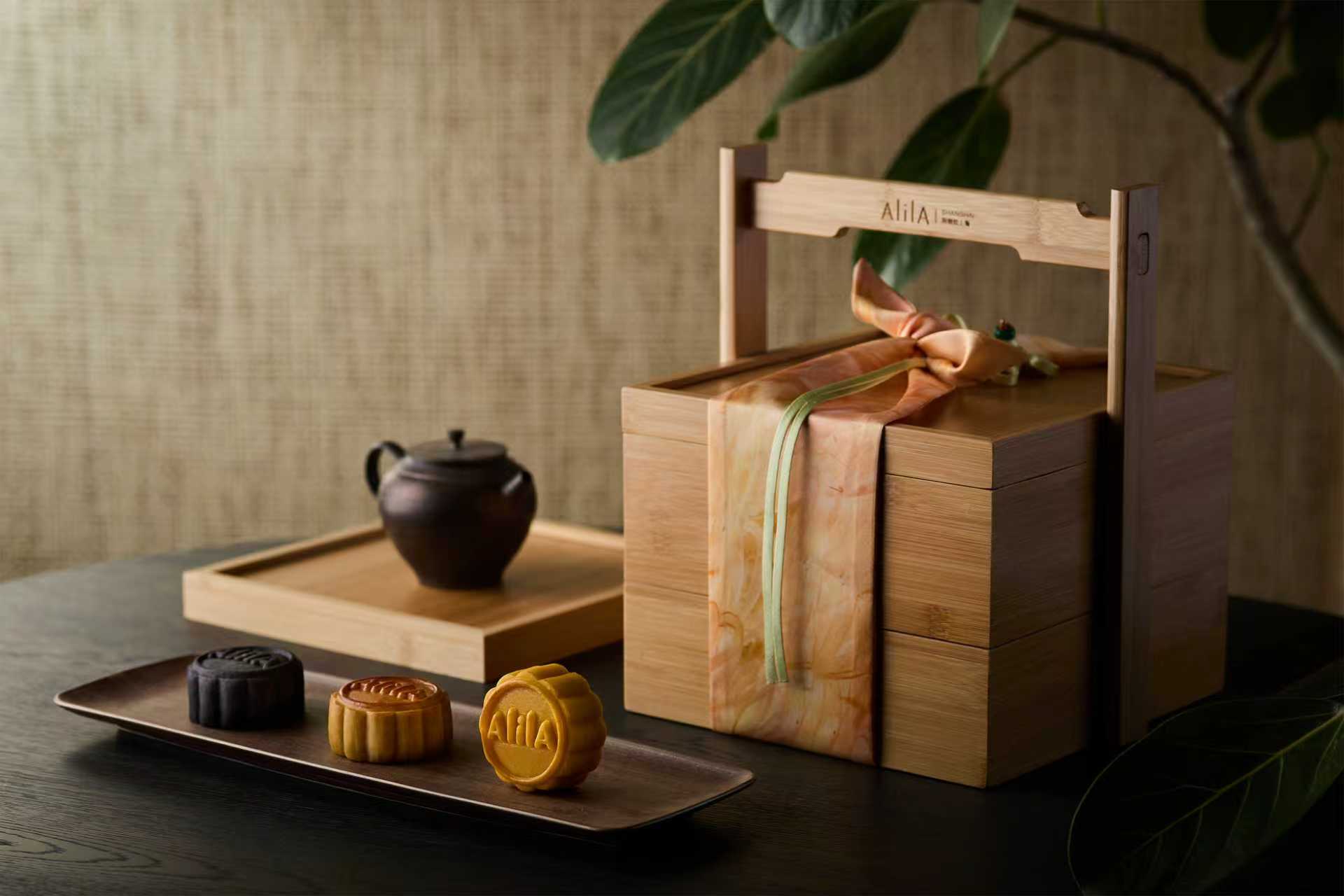















0 User Comments